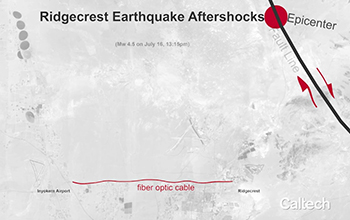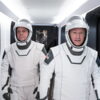
Research News
Nature can recover from damage, and some species can have ‘cascading effects’ on others
June 29, 2017
The scientific world can be a complex place, populated by numerous disciplines and sub-fields. Biologist Sean B. Carroll is a researcher who also works to show the public how those different areas of science work together, and how individual discoveries combine into a broader scientific understanding of how the world works.
Carroll, a recipient of several National Science Foundation (NSF) research awards, drew on the work of a broad group of researchers — many of them NSF-funded — for his 2016 book “The Serengeti Rules: The Quest to Discover How Life Works and Why It Matters.” Earlier this year, he delivered an NSF distinguished lecture on the book, noting that there’s one rule he feels is important to convey to the public: ecosystems are resilient.
“Given a chance — and that chance requires habitat protection and time — populations can rebound dramatically,” said Carroll, vice president for science education at the Howard Hughes Medical Institute and professor of molecular biology, genetics and medical genetics at the University of Wisconsin-Madison.
After his lecture, Carroll sat down with NSF to answer two questions for the agency’s “Ask a Scientist” video series:
- How can a change to one species trigger a chain reaction that affects many more?
- Can an ecosystem recover from damage?
View the videos in this article, or check them out on NSF’s YouTube page.
—
Rob Margetta,
(703) 292-2663 rmargett@nsf.gov
-
View VideoCarroll describes ecosystems’ ability to recover.
Credit and Larger Version
Source: NSF News
Brought to you by China News







